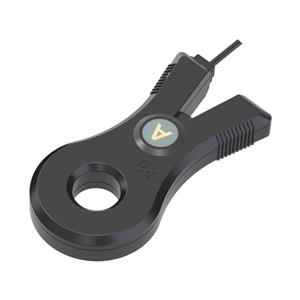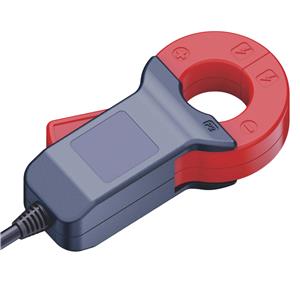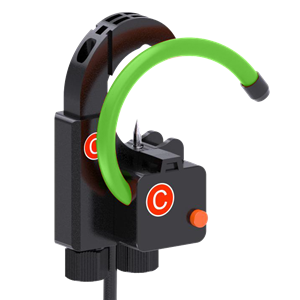Impact of Winding Techniques on High Frequency Transformer Efficiency
High frequency transformers are crucial components in numerous electronic devices and systems, serving to efficiently transfer electrical energy between different voltage levels. The efficiency and performance of these transformers depends not only on the core materials but also on the winding techniques used during their construction. This article explores the impact of winding techniques on the efficiency of high frequency transformers.
Understanding Winding Techniques:
Winding is the process of arranging insulated copper or aluminum wires around the core to create the primary and secondary windings of a transformer. The way the wires are wound can significantly affect the efficiency and performance of the transformer. Two commonly used winding techniques in high frequency transformers are concentric winding and multi-layer winding.
Concentric Winding:
Concentric winding involves placing each layer of wire over the previous layer in a concentric manner, resulting in a cylindrical shape. This technique offers good mechanical stability and ease of manufacturing. However, it also introduces significant inter-turn capacitance and can lead to higher winding losses at high frequencies. The inter-turn capacitance can cause leakage currents and reduce the overall efficiency of the transformer.
Multi-layer Winding:
In multi-layer winding, the wires are arranged in multiple layers on top of each other. This technique reduces the inter-turn capacitance and minimizes the leakage currents, resulting in improved efficiency and reduced losses at high frequencies. Multi-layer winding also allows for a higher turn density, which increases the power density of the transformer. However, the complexity of manufacturing and the potential for increased mechanical stress on the windings are some of the challenges associated with this technique.
Impact on Efficiency:
The choice of winding technique directly impacts the efficiency of high frequency transformers. In applications where high efficiency is crucial, such as in power electronics or renewable energy systems, the use of multi-layer winding is preferred. The reduced inter-turn capacitance and lower leakage currents in multi-layer windings result in improved overall efficiency and reduced power losses. This allows for higher power transfer and better utilization of electrical energy.
Furthermore, the reduced winding losses in multi-layer winding also result in lower heat generation. This not only improves the overall efficiency but also enhances the reliability and lifespan of the transformer.
Conclusion:
In conclusion, the winding technique used in high frequency transformers has a significant impact on their efficiency and performance. While concentric winding offers simplicity and ease of manufacturing, multi-layer winding provides improved efficiency, reduced losses, and increased power density. As the demands for high frequency transformers continue to grow, it is crucial for engineers and researchers to explore and develop innovative winding techniques that optimize efficiency and address the challenges associated with high frequency applications. By continuously improving winding techniques, we can enhance the overall performance and reliability of high frequency transformers in various electronic systems.




